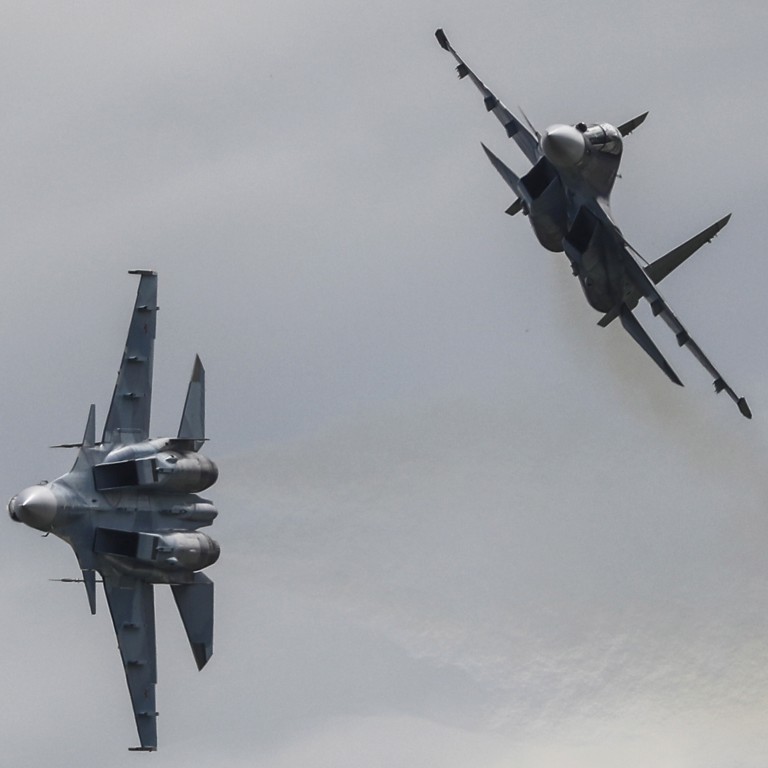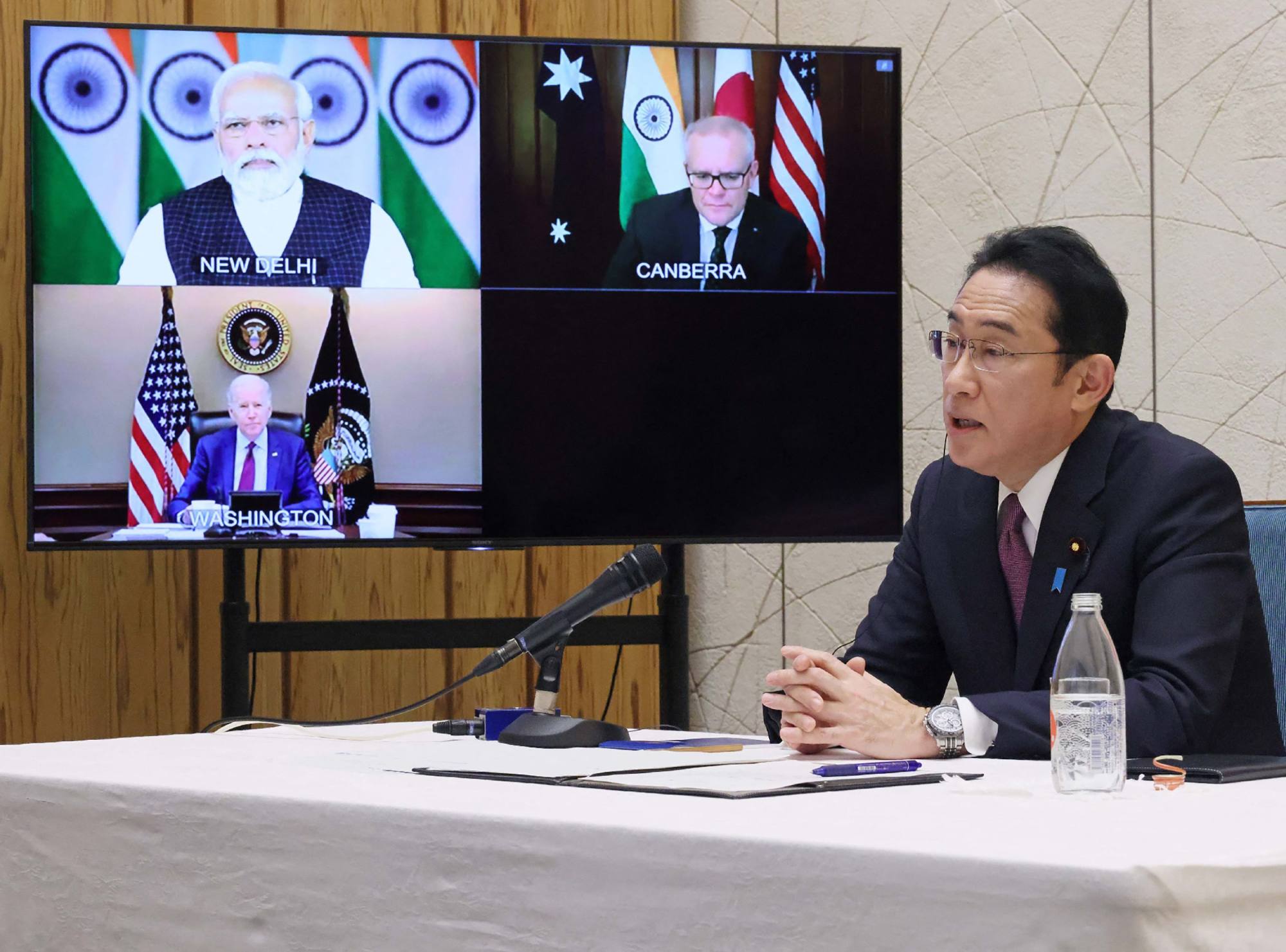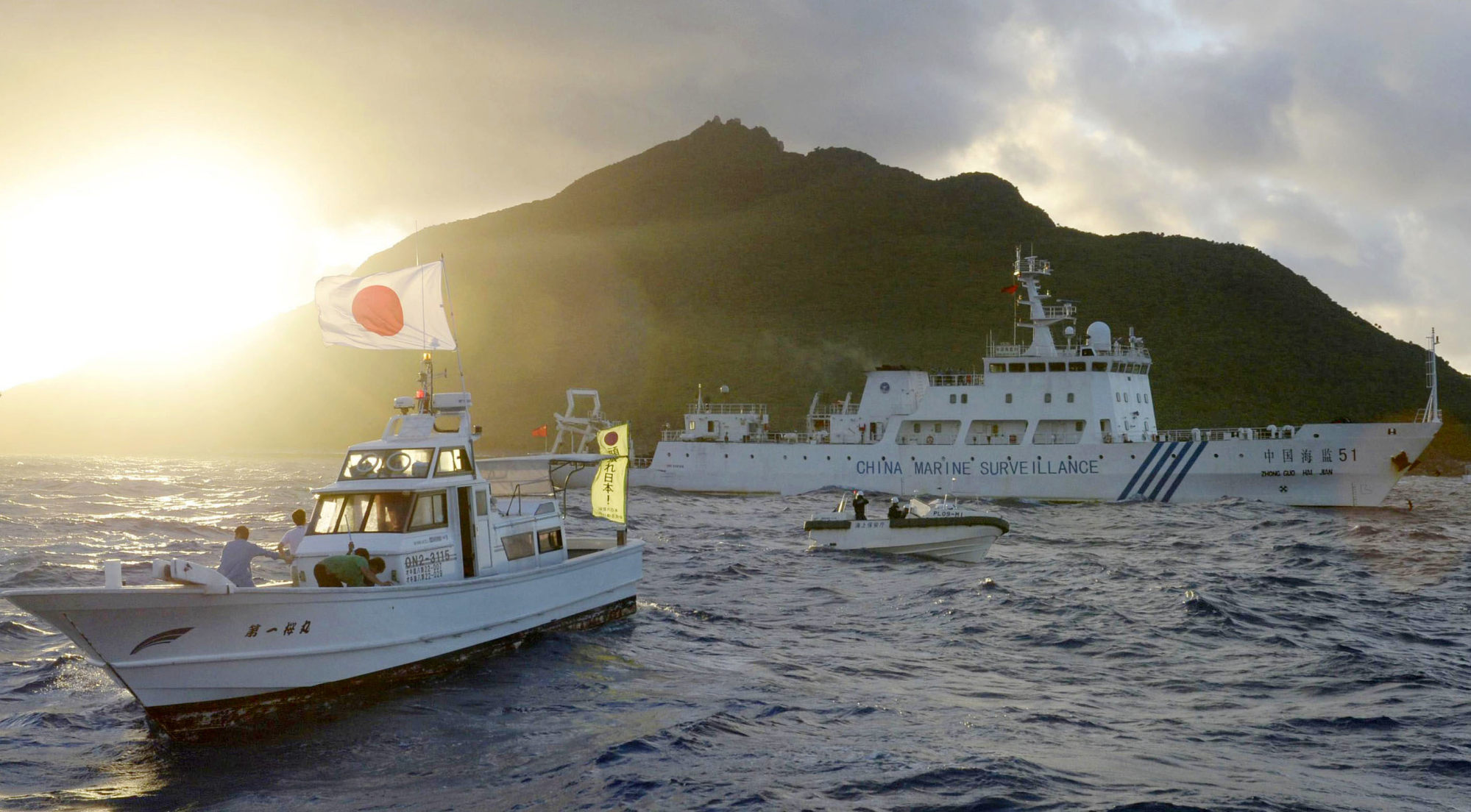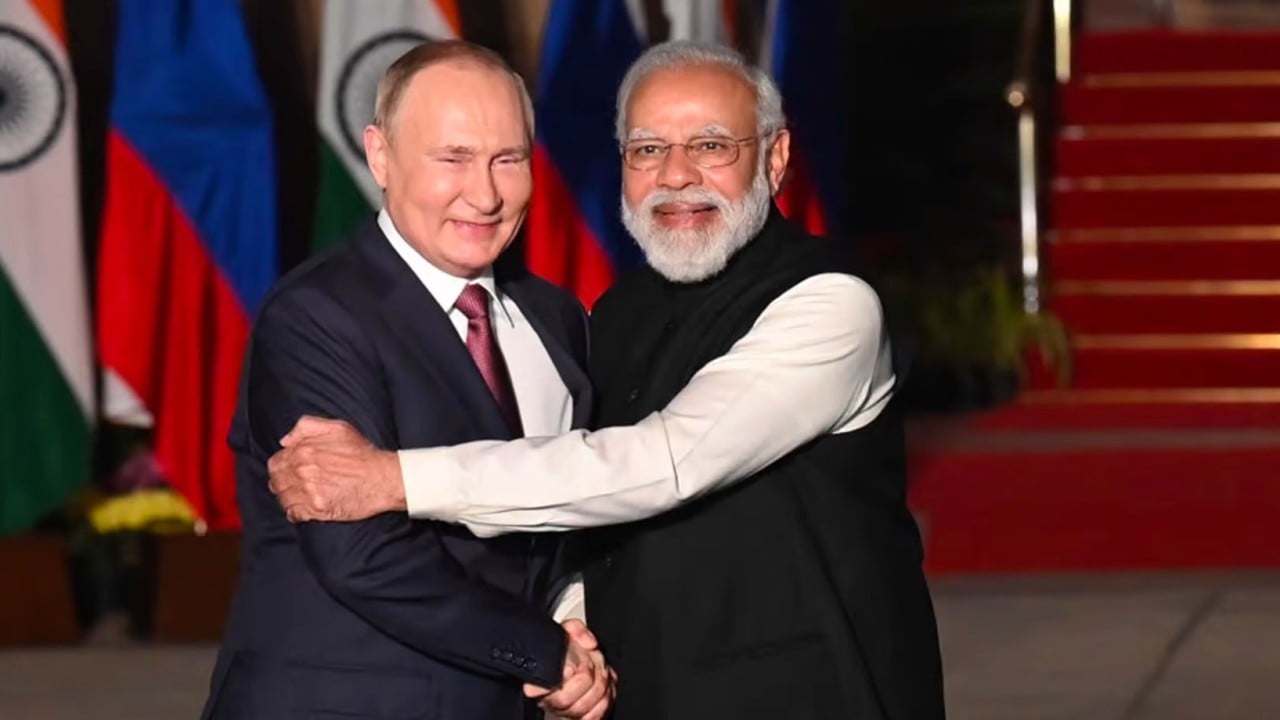
Kishida heads to India for talks with Modi, as Ukraine war, China problems show Japan that US military backing is ‘no longer enough’
- Trip aims to burnish relationship between two countries that are both locked in territorial disputes with Beijing; India in the Himalayas and Japan in the East China Sea
- Among future plans are joint air force exercises that will simulate combat between Japan’s F15s and India’s Russian-made Sukhoi fighters – similar to those China flies
Indian foreign ministry spokesman Arindam Bagchi told reporters that Modi had invited Kishida for the 14th India-Japan summit, which would “provide an opportunity for both sides to review and strengthen bilateral cooperation in diverse areas”.

India is the largest recipient of Japanese overseas development assistance. It received over US$26 billion in infrastructure development and other areas between 2010 to 2020. Japan has also invested more than US$36 billion in the country.
There are 114 Japanese companies in India engaged in a variety of sectors ranging from automobiles to electronic system design and manufacturing to textiles, chemicals and consumer goods.
Both sides are now trying to develop their security relationship. Apart from the summit between the prime ministers, India and Japan also have a regular “2 plus 2” meeting of their foreign and defence ministers.
James Brown, an associate professor of international relations at the Tokyo campus of Temple University, said Japan had realised it was “no longer enough to only have one military ally, the US”.

There are reportedly plans for the Indian Air Force to dispatch a unit of Russian-made Sukhoi Su-30 fighter aircraft to Japan for joint exercises this year, pitting them against JASDF F-15 Eagle fighters in exercises from a base in Ishikawa prefecture, on the north coast of Japan.
Pilots of Japan’s Air Self-Defence force will hope to use the manoeuvres to get a better understanding of the aircraft and its capabilities – which China also operates – in case they meet it in combat in the future.

Convergence on China?
Brown said Japan wanted to engage India more deeply as an ally, in large part because it is a huge and rising economy “and in common with Japan, it is having its own territorial problems with China”.
However, India is in talks with China about potentially hosting a visit by Chinese Foreign Minister Wang Yi next week. If the visit materialises, it would signify changing winds in the bilateral relationship that has so far been dominated by the border stand-off. Both India and China have taken similar positions on the Russian invasion of Ukraine, and this has led to a softening of public sentiment towards each other, with suggestions that both could work together to bring about peace gaining traction online.
‘Alternative to China’: India-UAE-Israel deals set scene for Western Quad
Wadhwa said she expected Ukraine to be discussed at the summit and Modi would take the opportunity to explain India’s stance to Kishida.
Michael Kugelman, deputy director of the Asia programme and senior associate for South Asia at the Wilson Centre think-tank said invariably Ukraine would come up but that the summit would have a broad agenda overall.
“China will loom large over these talks. As Quad partners, I imagine there will be some discussion on the latest developments ... particularly the signature project of the Quad to this point which is vaccine cooperation,” he said, referring to a plan for India to manufacture Covid-19 vaccines, the US and Japan paying for them and Australia distributing them.

Japan is also involved in building the Mumbai-Ahmedabad High Speed Rail. The 508.17km project, with an estimated cost of US$15 billion, is being financed with a 50-year loan from the Japan International Cooperation Agency. It was inaugurated by Abe and Modi in September 2017 and is expected to be completed in 2030.
Why India isn’t joining other US allies in condemning Russia over Ukraine
Said Wadhwa: “The summit will give out the clear signal that despite the pandemic, a new leadership in Japan and the global challenges, Indo-Japanese ties have remained on track.”
Kishida will head to Cambodia after his India visit while Modi and Australian Prime Minister Scott Morrison are expected to hold a virtual summit on Monday. Quad leaders are also set to hold an in-person summit in Japan later this year, probably in May or June.



